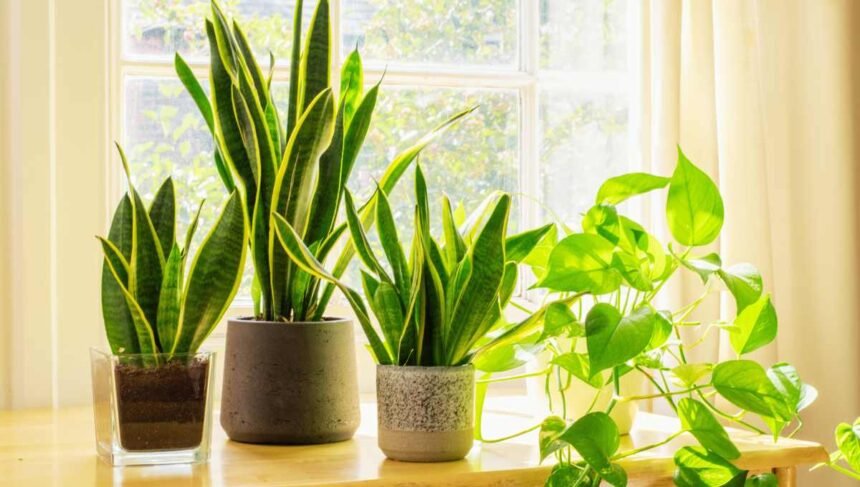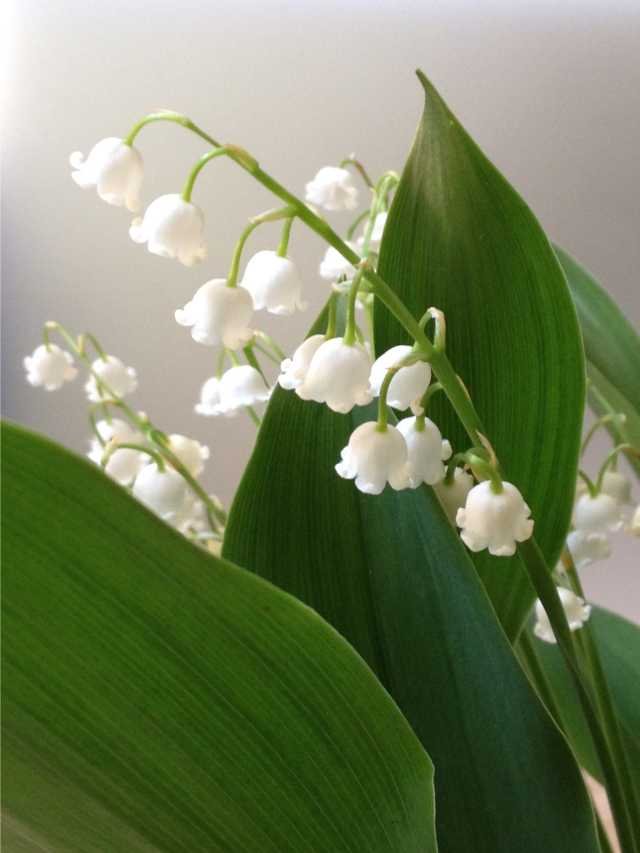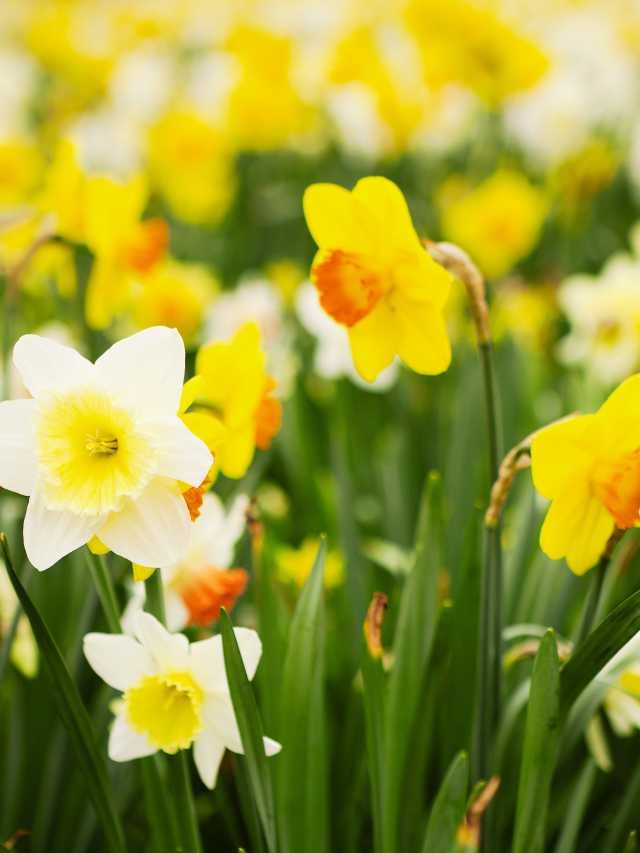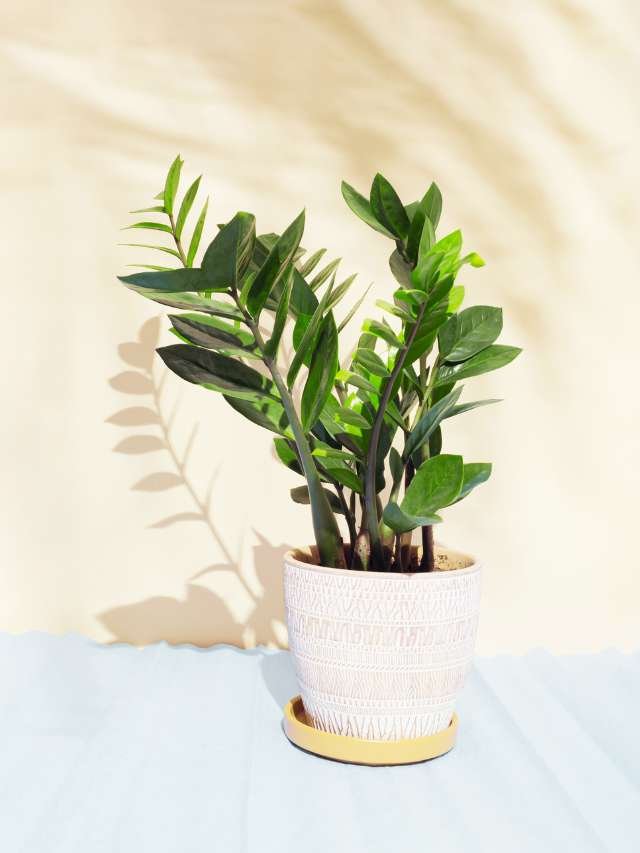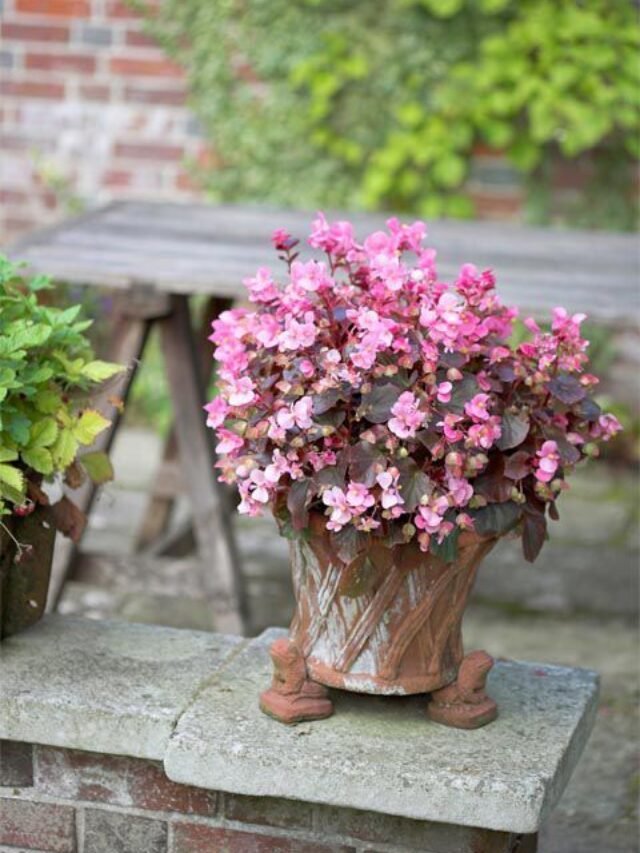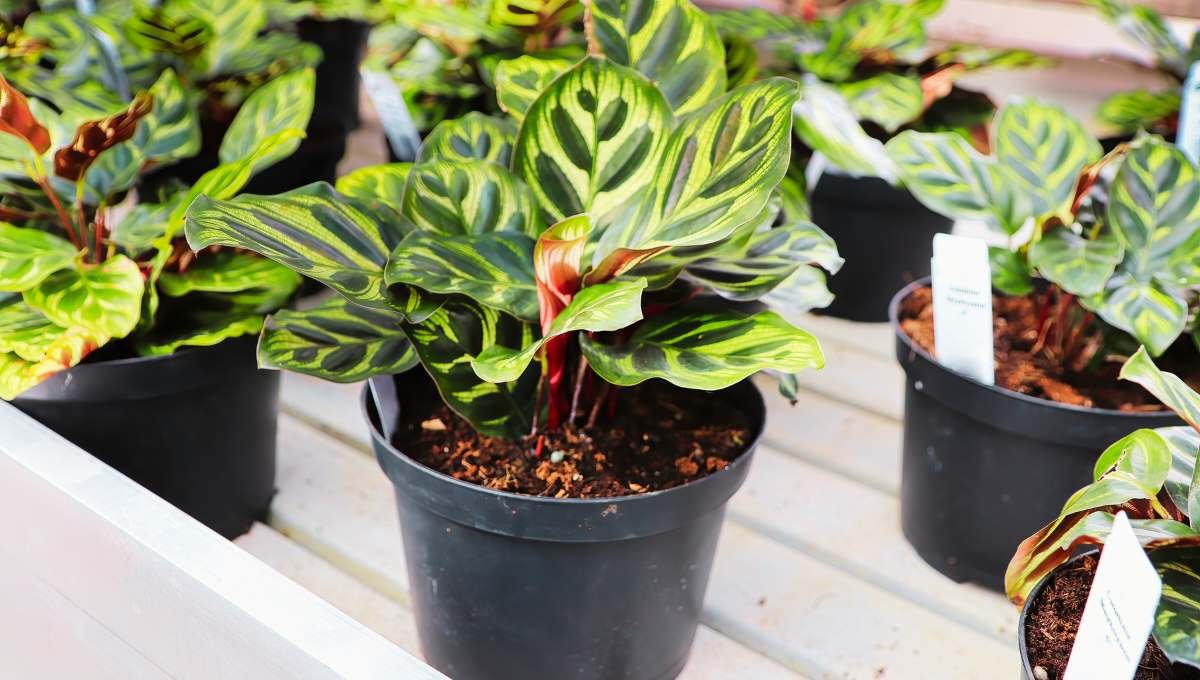Expert – Rumaldo (Landscaper)

I reach out and talked to Rumaldo (Founder of Flores Artscape) about the possible reason of snake plant wilting nad how to prevent from it. Rumaldo have over 25 years of prior experience in landscaping and gardening.
The snake plant (Sansevieria), also known as mother-in-law’s tongue, is one of the most popular and low-maintenance houseplants.
Known for its striking upright leaves and air-purifying abilities, it’s a favorite among plant enthusiasts and busy homeowners alike.
However, even this hardy plant can sometimes become wilted, which can be unsightly and concerning.
In this article, we’ll explore expert tips and techniques to prevent your snake plant from wilting, ensuring it remains healthy, vibrant, and aesthetically pleasing.
What are the Possible Causes of Snake Plant Wilting

Before we delve into prevention methods, it’s essential to understand the reasons behind snake plant wilting. By identifying the root cause, you can take targeted actions to address the issue effectively.
Improper Watering
Rumaldo said that one of the most common causes of wilting in snake plants is improper watering. These plants are succulent and can tolerate drought conditions, but prolonged underwatering or overwatering can lead to wilting.
Low Humidity
Snake plants originate from arid regions, so they thrive in dry environments. However, extremely low humidity levels can cause the leaves to wilt and become limp.
Temperature Fluctuations
Sudden temperature changes or exposure to drafts or heat sources can stress the plant and cause wilting.
Pest Infestations
Certain pests, such as spider mites or mealybugs, can weaken the plant and lead to wilting if left untreated.
Root Rot
Overwatering or poor drainage can result in root rot, which impairs the plant’s ability to absorb water and nutrients, leading to wilting.
Related: How to Propagate Snake Plant: Step-by-Step Guide
Expert Tips for Preventing Wilting
Now that we’ve identified the potential causes, let’s explore what Rumaldo told me to prevent your snake plant from wilting.
Proper Watering Techniques
- Water thoroughly, but infrequently: Rumaldo say that snake plants prefer their soil to dry out slightly between waterings. Water deeply until the water drains from the bottom of the pot, then allow the soil to dry out before watering again, he added.
- Use the “soak and dry” method: Rumaldo suggested that instead of frequent, small waterings, soak the soil thoroughly and then allow it to dry out completely before watering again.
- Check the soil moisture: Before watering, stick your finger into the soil up to the second knuckle. If the soil feels dry, it’s time to water.
- Adjust watering schedules seasonally: Rumaldo also told that during the plant’s active growing period (spring and summer), water more frequently. In fall and winter, reduce watering to avoid oversaturation.
Humidity Management
- Use a pebble tray: Place the plant pot on a tray filled with pebbles and water. As the water evaporates, it will increase the humidity around the plant.
- Group plants together: Grouping multiple plants together can create a microclimate with higher humidity levels.
- Mist the leaves: Occasionally misting the leaves with a spray bottle can provide temporary humidity relief.
- Use a humidifier: In dry environments, consider using a humidifier near your snake plant to maintain optimal humidity levels.
Temperature and Air Circulation
- Avoid drafts and extreme temperatures: Snake plants prefer consistent temperatures between 65°F and 80°F (18°C to 27°C). Avoid placing them near drafty windows, air conditioning vents, or heat sources.
- Ensure proper air circulation: Good air circulation helps prevent stagnant air and potential fungal or bacterial problems. Use a small fan or open windows periodically.
Pest Management
- Inspect regularly: Regularly inspect your snake plant for signs of pests, such as webbing, discoloration, or tiny insects.
- Use insecticidal soap or neem oil: If you notice pests, treat the plant with an insecticidal soap or neem oil solution, following the manufacturer’s instructions.
- Isolate affected plants: If a plant is heavily infested, isolate it from your other plants to prevent the spread of pests.
Root Rot Prevention
- Use well-draining soil: Snake plants prefer well-draining soil mixtures that don’t retain too much moisture. Consider adding perlite or sand to improve drainage.
- Ensure proper drainage: Make sure your plant pot has adequate drainage holes to allow excess water to escape.
- Repot if necessary: If your snake plant shows signs of root rot (mushy or foul-smelling roots), repot it in fresh, well-draining soil and a clean pot.
Additional Advice
Fertilization
- Fertilize during the growing season: Snake plants benefit from occasional fertilization during their active growing period (spring and summer). Use a balanced, water-soluble fertilizer diluted to half strength every 6-8 weeks, Rumaldo added.
- Avoid over-fertilizing: Too much fertilizer can lead to salt buildup in the soil, which can damage the plant’s roots and cause wilting.
Pruning and Maintenance
- Remove damaged or dead leaves: Prune off any yellowed, damaged, or dead leaves to improve the plant’s appearance and encourage new growth.
- Divide overcrowded plants: If your snake plant becomes overcrowded or root-bound, divide it and repot the divisions into separate containers.
Lighting Requirements
- Provide bright, indirect light: Snake plants prefer bright, indirect light but can tolerate lower light conditions. Avoid direct sunlight, which can scorch their leaves.
- Rotate the plant: Rotate your snake plant periodically to ensure even growth and prevent leaning.
Pot Selection
- Choose a pot with drainage holes and made of a porous material like terracotta or ceramic.
- Avoid overly large pots, as excess soil can retain too much moisture and lead to root rot.
By following these Rumaldo tips and techniques, you can successfully prevent your snake plant from wilting and enjoy its striking foliage for years to come.
In last Rumaldo said that prevention is key, and with the right care and attention, these hardy plants can thrive in any indoor environment.

